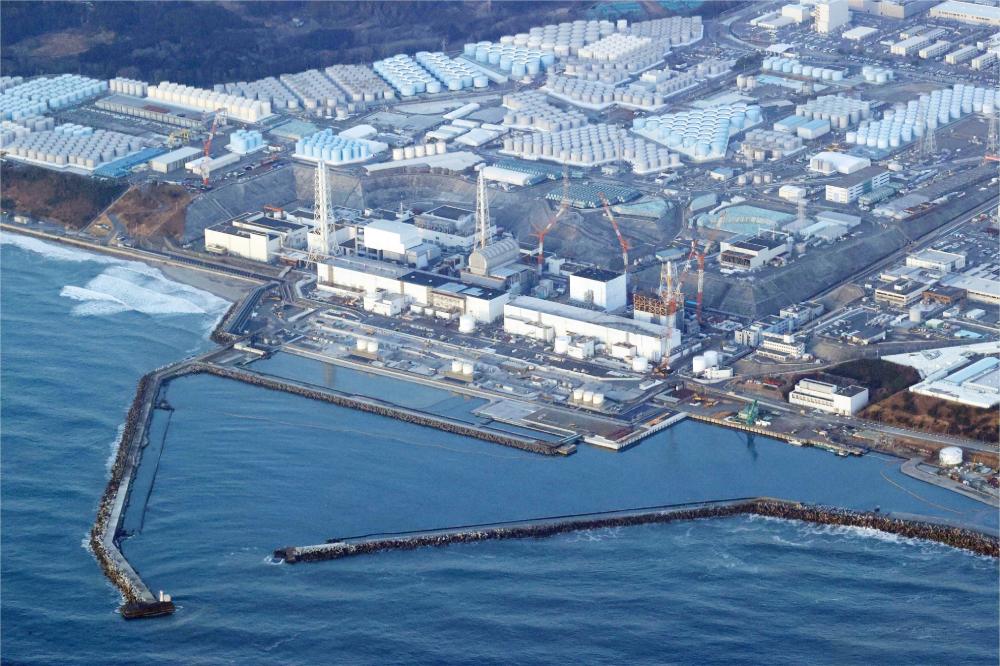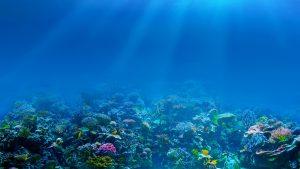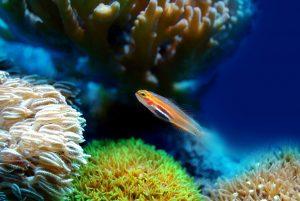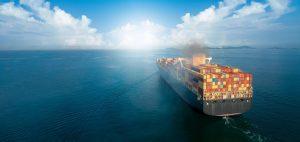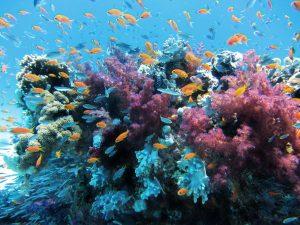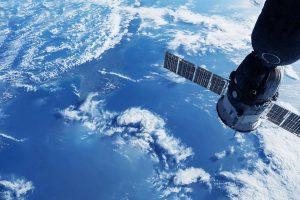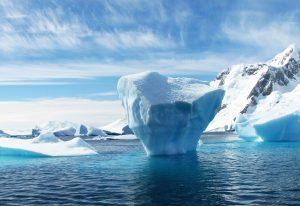On the 24th of August, the Japanese government began releasing treated water into the ocean from the Fukushima Daiichi nuclear power plant. This move comes after years of deliberation and international scrutiny, with proponents emphasizing the safety measures in place, and opponents expressing concerns about potential harm to ocean life and seafood from the region and other environmental issues. What has been a heated topic both regionally and globally over the past years during the analysis and planning phase of the water discharge, has now peaked following the discharge commencement. To be able to reach a conclusion regarding the impact of the process on food safety, let’s review the main arguments from both sides of the debate.
The Proponents’ Perspective: Safety and Expertise
Proponents of the treated water release emphasize the extensive and rigorous treatment processes that the water undergoes before being discharged into the ocean. The Japanese government, along with experts from various international organizations such as the International Atomic Energy Agency (IAEA), assert that the treated water meets strict safety standards and poses minimal risk to the environment and human health. The treatment process involves removing most radioactive contaminants, including tritium, to levels well below international safety limits. TEPCO (Tokyo Electric Power Company), the operator of the Fukushima Daiichi plant leading the activity, has played a pivotal role in ensuring the efficiency and reliability of these treatment processes. They have consistently adhered to international best practices and have invested significantly in research and development to continuously enhance the effectiveness of the treatment procedures.
Furthermore, the proponents argue that controlled and gradual release of the treated water is not only a practical solution, but also a required one as the Fukushima Daiichi plant’s storage capacity for this water is reaching its limit. They claim that the release will alleviate the risk of accidental leaks and potential overflows, which could pose a more significant threat to both local ecosystems and human populations.
The Opponents’ Perspective: Concerns for Ocean Life and Seafood
Opponents of the treated water release, the most vocal of which is China, raise several concerns regarding the potential harm to ocean ecosystems and seafood in the region. They worry that even though tritium is considered relatively low-risk, the cumulative effects of long-term exposure to other remaining radioactive isotopes could be harmful to marine life. Critics also highlight the potential impact on local fishing industries, where consumers might become wary of purchasing seafood from the Fukushima region due to perceived contamination risks.
Additionally, some experts and environmental organizations express concerns about the lack of comprehensive monitoring and transparency in the long-term effects of the treated water release. They emphasize the need for continuous oversight and independent research to assess any potential ecological changes and to ensure the safety of seafood originating from the affected area.
Japanese Measures to Ensure Food Safety Amidst the Controversy
Aware of the ongoing controversy and in response to these concerns, the Japanese government and its various agencies have taken numerous measures to ensure the safety of food coming from the region. These measures include:
- Stringent Monitoring and Testing: The Japanese government has established an extensive monitoring and testing program to assess the levels of radioactivity in seafood from the affected region. Regular sampling and analysis are conducted to ensure that seafood remains below internationally accepted safety standards.
- Advanced Filtration Technology: TEPCO has employed cutting-edge filtration technology to ensure that the treated water meets rigorous safety standards. Their advanced systems efficiently remove radioactive isotopes, minimizing potential risks to ocean ecosystems and seafood.
- Traceability and Labelling: To enhance transparency and consumer confidence, the government has implemented strict traceability and labelling requirements for seafood products from the Fukushima region. This allows consumers to make informed choices about the products they purchase.
- Collaboration with International Experts: TEPCO engaged with international experts and organizations, including the IAEA, to receive independent assessments of their safety measures and protocols. This collaboration ensures that the treated water release aligns with international best practices.
- Public Awareness Campaigns: The government has launched public awareness campaigns to educate consumers about the safety measures in place and the rigorous testing procedures that seafood undergoes before reaching the market.
- Ongoing Research: Continuous research and studies are being conducted to monitor the long-term effects of the treated water release on ocean ecosystems and seafood. This commitment to ongoing research demonstrates the government’s dedication to addressing any potential concerns that may arise.
Conclusion: Prioritizing Safety
While the debate surrounding the treated water release from the Fukushima Daiichi plant is undoubtedly complex, prioritizing safety remains paramount. The arguments from both sides present valid concerns that should not be dismissed lightly. However, considering the extensive treatment processes that the water undergoes and the oversight provided by international organizations like the IAEA, it is highly reasonable to conclude that the treated water release is a viable option with a focus on minimizing risks.
The collaboration between TEPCO and experts in the field, along with the implementation of stringent safety protocols, ensures that seafood from the region remains safe for consumption. This will provide a comprehensive understanding of any potential ecological impacts and contamination risks to seafood from the region. By employing a transparent and collaborative approach, stakeholders can work together to strike a balance between environmental protection and the livelihoods of local communities.
In the end, addressing the concerns of both sides while relying on the expertise of international organizations can pave the way for responsible decision-making that places the safety of both ocean ecosystems and the food chain at the forefront.

